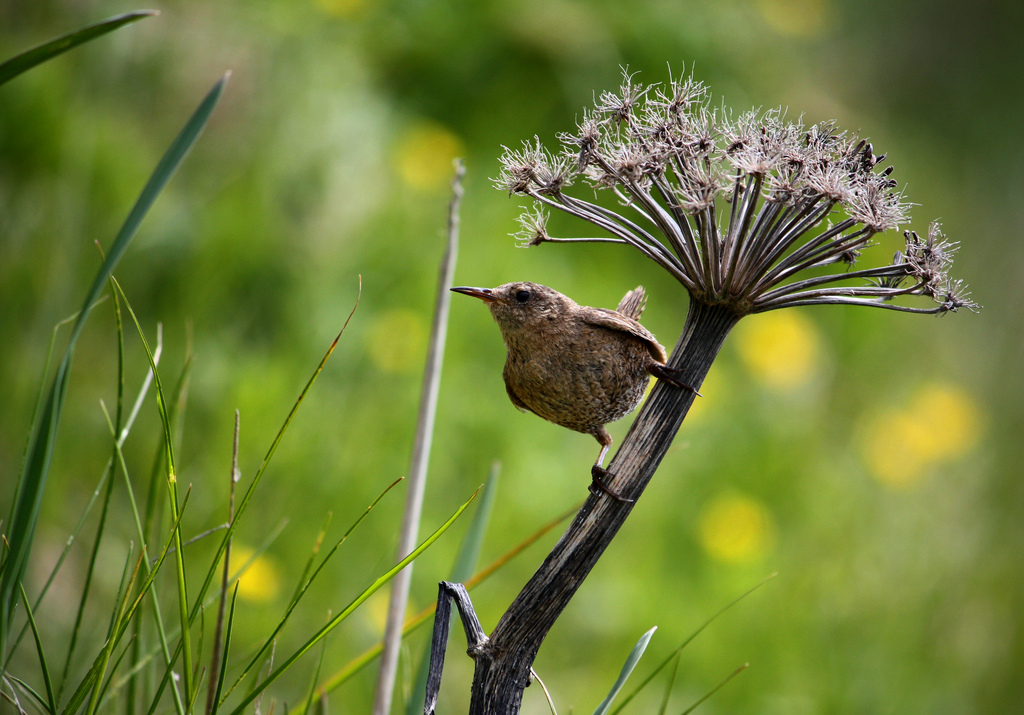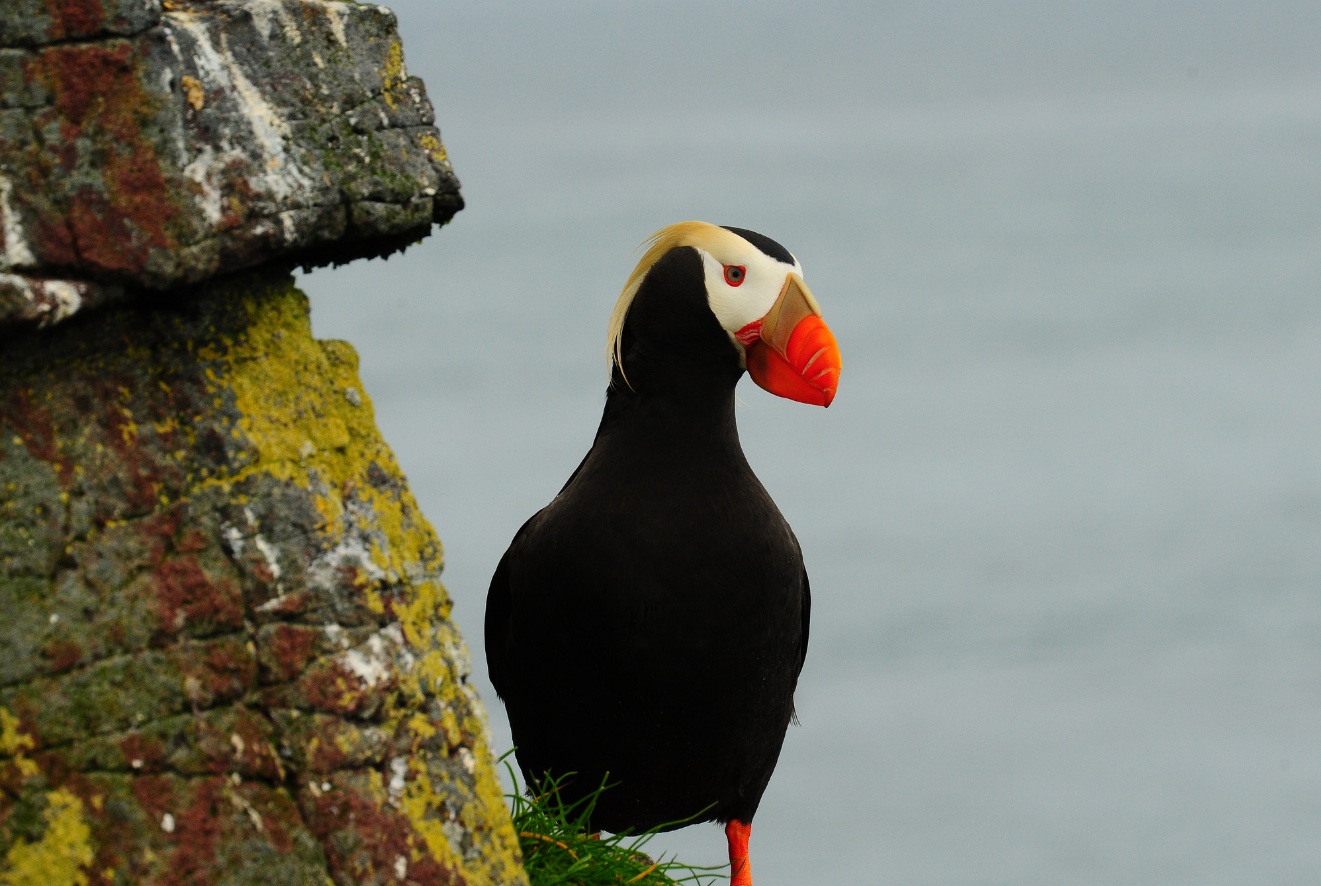Gallery: A View of Rat Island
Winter Wren

Conservationists hope that bird species such as this winter wren, photographed on the island in 2009, will bounce back without the threat of rats. The island was declared officially rat-free in 2010, two years after the 2008 eradication mission.
The Song Sparrow Returns

According to Island Conservation, the song sparrow is now a common sight on Rat Island. Before the rat eradication, the birds were few and far between.
Tufted Puffins

Tufted puffins, such as these in the Pribilof Islands, are expected to nest in far greater numbers in the restored island ecosystem.
Red-Faced Cormorants

Conservationists are also monitoring the population of red-faced cormorants, such as these.
Rat Island From Sea

Now that the rats are gone from Rat Island, the Aleutian Pribilof Island Association is working to get a new name approved for the island. The name hasn't been announced, but will likely be an Aleut name in tribute to the early Alaskan people.
Puffins return

Breeding tufted puffins have been seen on Hawadax Island for the first time since long before the rats were exterminated in 2008.
New chicks

Numbers of black oystercatchers (seen here as chicks) have been on the rise since the rats were removed.
Get the world’s most fascinating discoveries delivered straight to your inbox.

Stephanie Pappas is a contributing writer for Live Science, covering topics ranging from geoscience to archaeology to the human brain and behavior. She was previously a senior writer for Live Science but is now a freelancer based in Denver, Colorado, and regularly contributes to Scientific American and The Monitor, the monthly magazine of the American Psychological Association. Stephanie received a bachelor's degree in psychology from the University of South Carolina and a graduate certificate in science communication from the University of California, Santa Cruz.


